For many of our most vulnerable neighbors, food is more than the difference between an empty plate and a full stomach. It is also a lifeline – especially for neighbors who participate in the Food Bank’s Home-Delivered Groceries (HDG) Program.
For a closer look at the Home-Delivered Groceries program “in motion”, check out this video, taken at City Hope Community Center in San Francisco’s Tenderloin neighborhood, featuring a beloved participant by the name of Susan who is visually impaired.
Then there’s the story of Marianne, who says the weekly delivery of fresh groceries she receives from the Food Bank is a life saver. She lives in a single-room-occupancy (SRO) hotel in San Francisco’s SOMA neighborhood and struggles with many health challenges.

“I’m disabled and have a hard time getting around, so being able to get my hands on this food at home is literally saving my life,” she said.
Before enrolling, Marianne recalls it was a constant battle to get enough food to eat. “I couldn’t feed myself. Thankfully neighbors would offer me meals every once in a while. But there were days when it was really scary just how hungry I was.”
Marianne is one of 1,400 people enrolled in the Food Bank’s Home-Delivered Groceries Program, which assists low-income seniors and adults with disabilities who are unable to get out to pick up groceries, but still able to prepare meals for themselves.
The goals of the program are to provide supplemental nutrition to neighbors in need, to reduce loneliness, and to check on the well-being of our homebound residents.
HDG Program Director Andy Burns recalls one volunteer who had been delivering groceries to a senior for more than a year. “Of course she’s performing a check in with this gentleman each week to make sure he’s doing okay. At one point, the volunteer became ill, and had to be hospitalized. While she was recuperating, the participant became so concerned for her that he started calling her to check on how she was doing!”
On this particular Tuesday afternoon, the knock on Marianne’s door comes right on time, as she is busy preparing a crockpot stew and needs fresh carrots to make the meal sing. In addition to carrots, this particular delivery included apples, chicken, rice and other staples that will nourish Marianne until her next weekly delivery.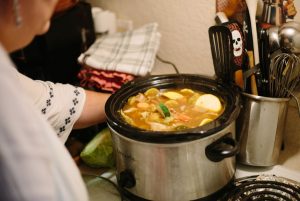
Home-Delivered groceries are also a treat for the volunteers on Marianne’s route – a team of developmentally disabled adults who are enrolled at the Pomeroy Recreation and Rehabilitation Center, where they learn work and life skills. On Tuesday mornings, the volunteers work together to pack these grocery bags, then they head out in the afternoon to make deliveries to 13 neighbors.
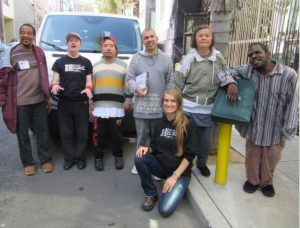
Pomeroy’s LouBee Zielinski coordinates the program and says the volunteers are thrilled to help. “They love the looks on peoples’ faces when the groceries arrive. And, to be empowered with something like providing food for others – that’s huge. It’s like Christmas every week, and we get to be Santa Claus!”
In addition to the Pomeroy Center, there are eight other nonprofits which partner with the Food Bank’s HDG Program, but more partners are needed. For more information on our Home-Delivered Groceries program, how it operates, and how you can get involved, click here.



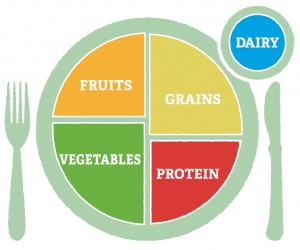
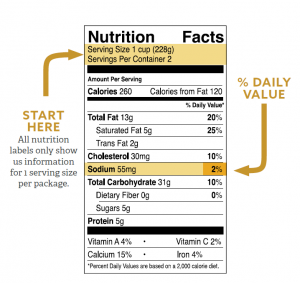
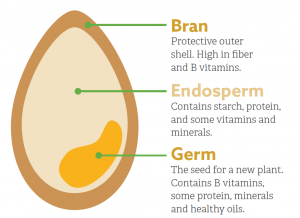
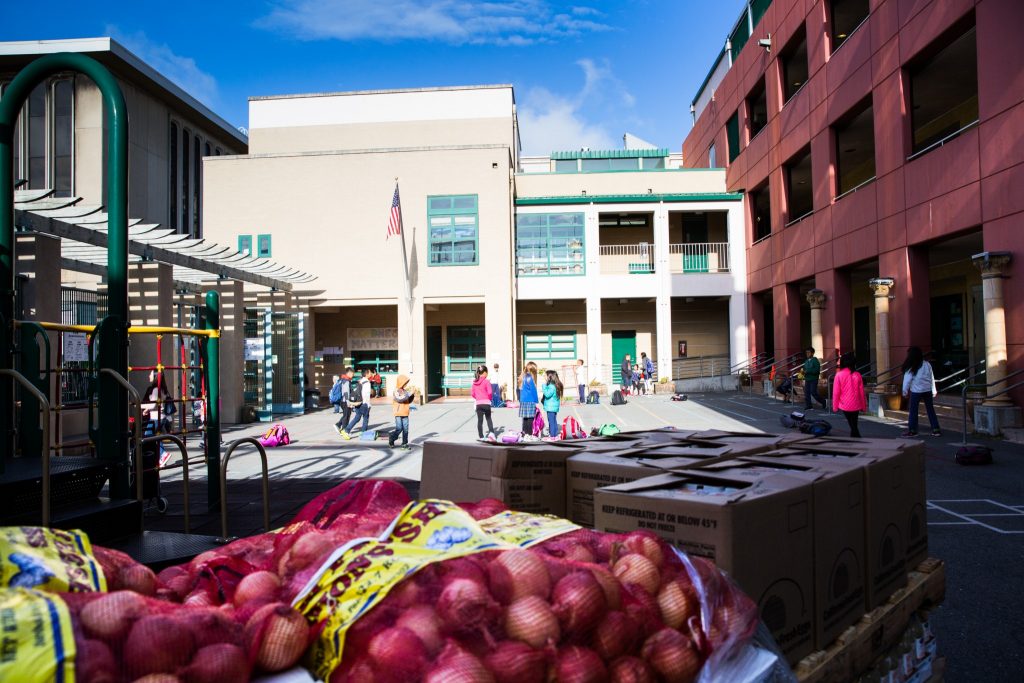
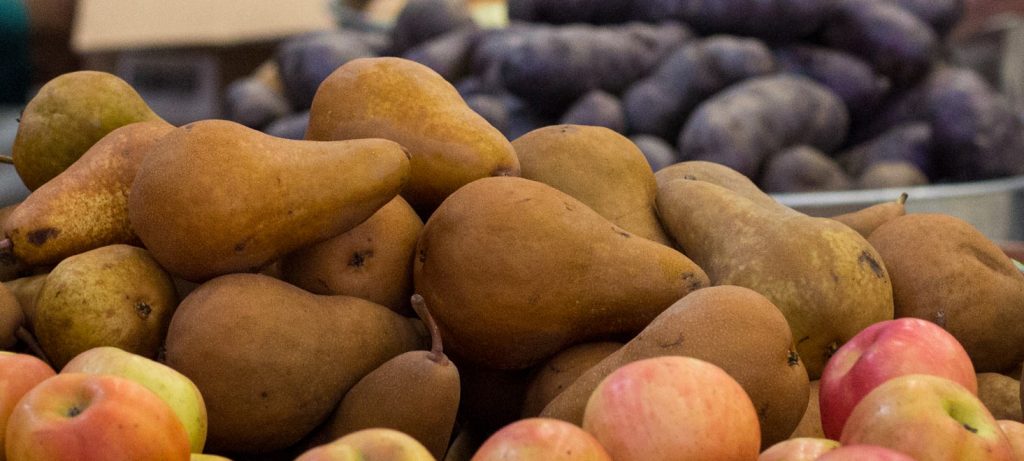
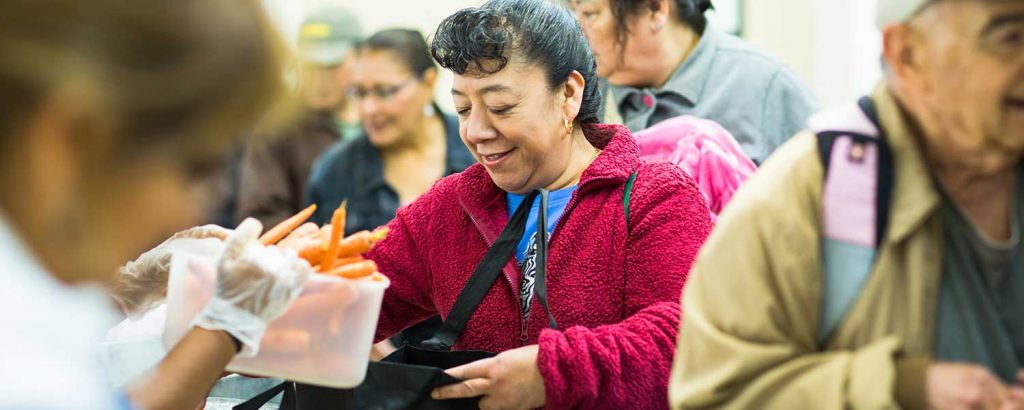
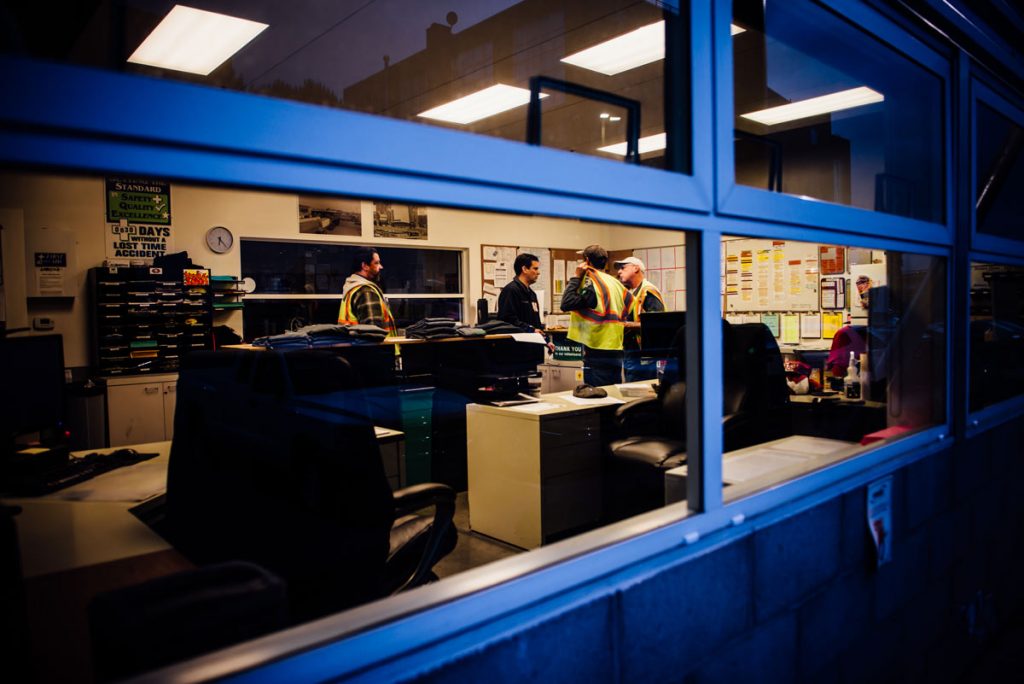
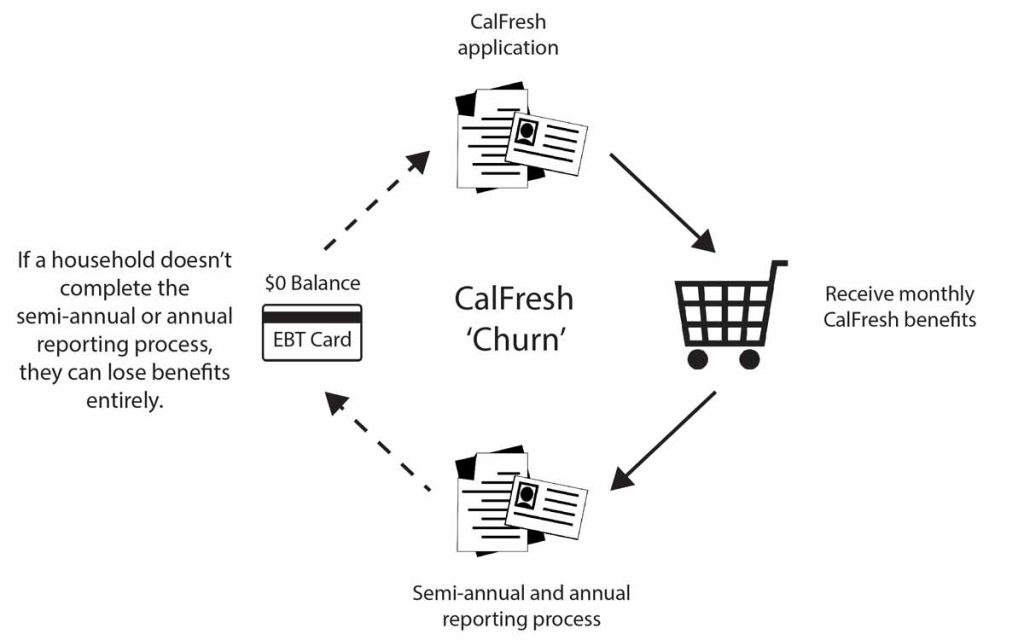
Share